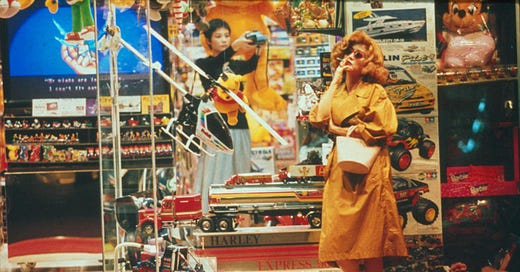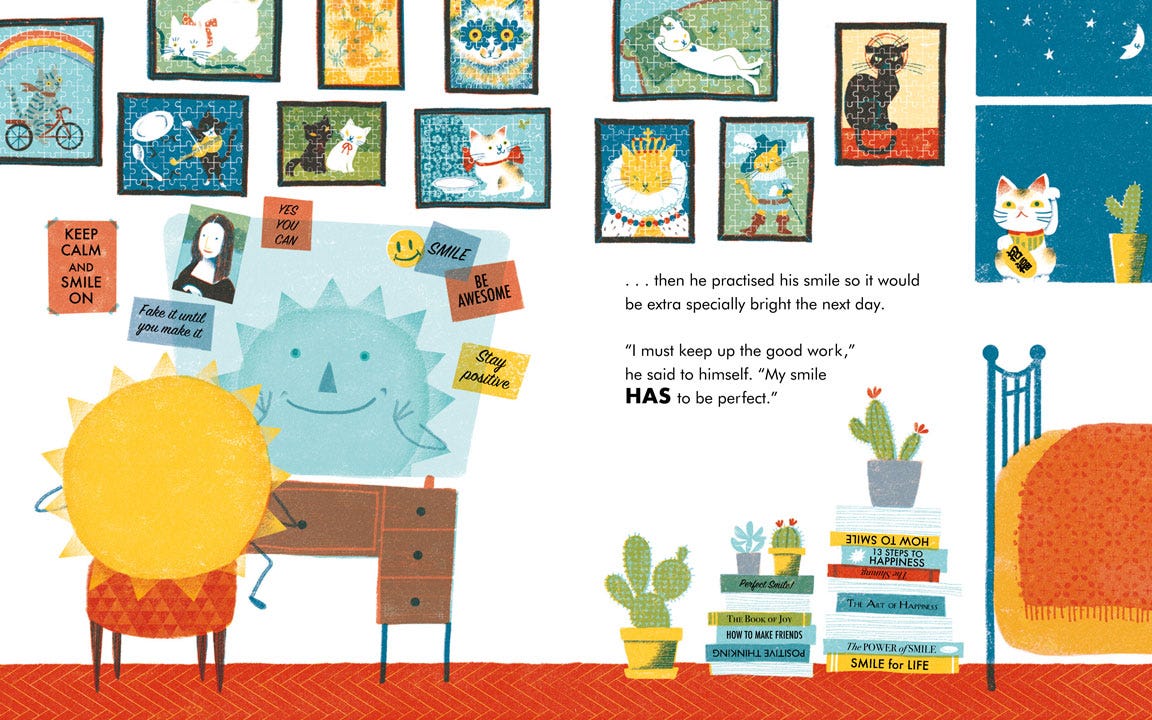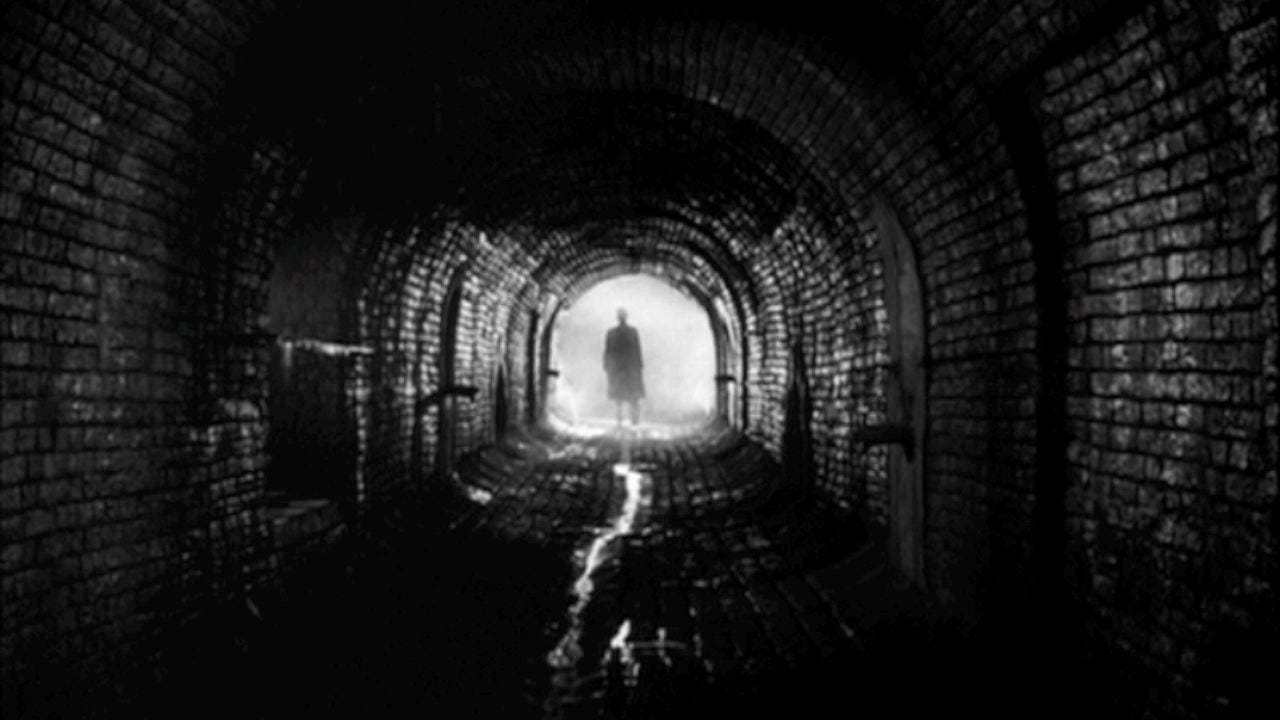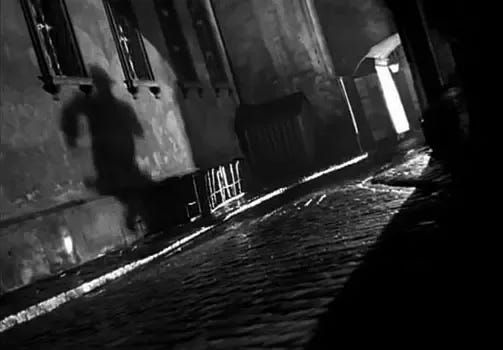In the first two “Influenced” posts, I visited my obvious source of influence - picture books. But in this post, I will share the biggest influence on my visual storytelling - FILMS (or movies if you’re on the other side of the pond). I went to universities to study films because I loved films so much. For my BA degree, I studied film theories and it was like learning how to decode secret messages. I was hooked. I still think film is the greatest invention in the history of storytelling.
The concept of “mise en scène” blew my mind. Originating from theatrical productions, mise en scène means “setting the stage”. In films, it refers to basically everything in front of the camera, including the set design, lighting, and costumes etc and the overall effect of how the scene comes together to tell a story. The idea that every, even seemingly incidental thing has an intention opened my eyes. Now when I build a world for a story, I always ask myself “What should I show on the page and why?”
Like books, it’s impossible for me to pick only a few favourite films. Instead, here are the films that had big influence on my picture book making.
The Third Man (Carol Reed 1949) - German Expressionism
German expressionist cinema flourished after WW1. It is particularly associated with exaggerated sets and angles and deep shadows to reflects the inner unease of the post-war era. The movement laid the foundations for everything from film noir to horror genre and beyond (pick any Tim Burton films for example). The greatest example of the films influenced by German expressionism is Carol Reed’s 1949 British film noir, The Third Man. This film is famous for the use of expressionist techniques, such as Dutch angle (tilting) and shadows.
The film taught me how these expressionist devices could, not just portray psychological uneasiness or tension of the characters, but also help viewers feel more invested in the characters (because you feel what they feel). Composing pages is one of my favourite processes in picture book making. I always try to find the best angle or use of shadow/darkness to convey a particular feeling when I compose a page.








